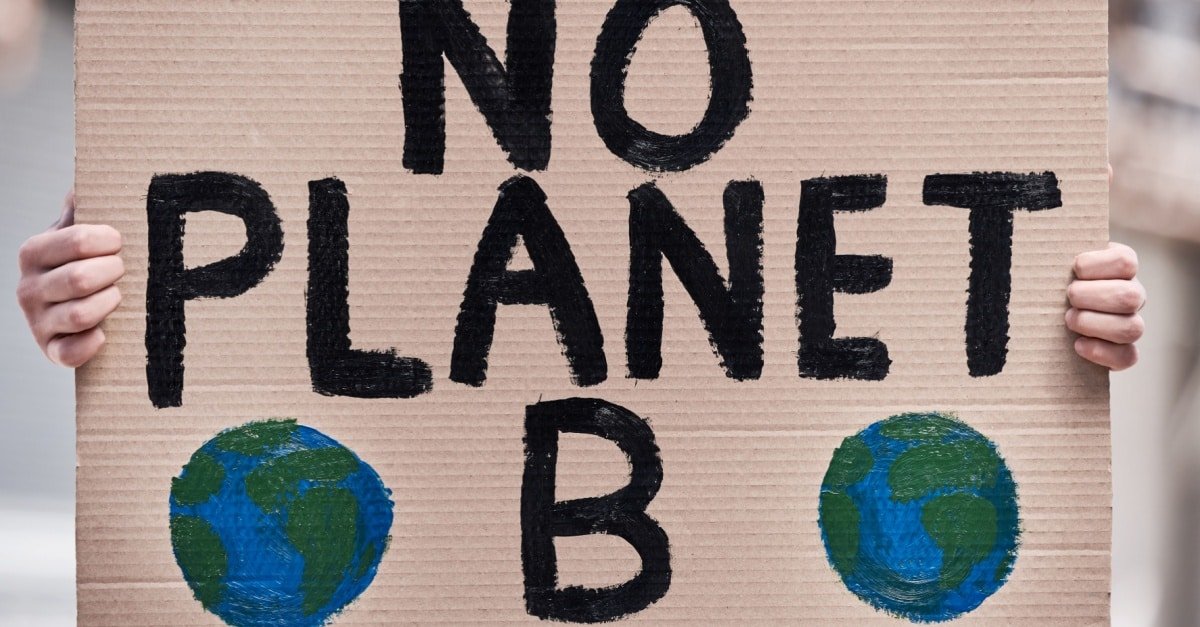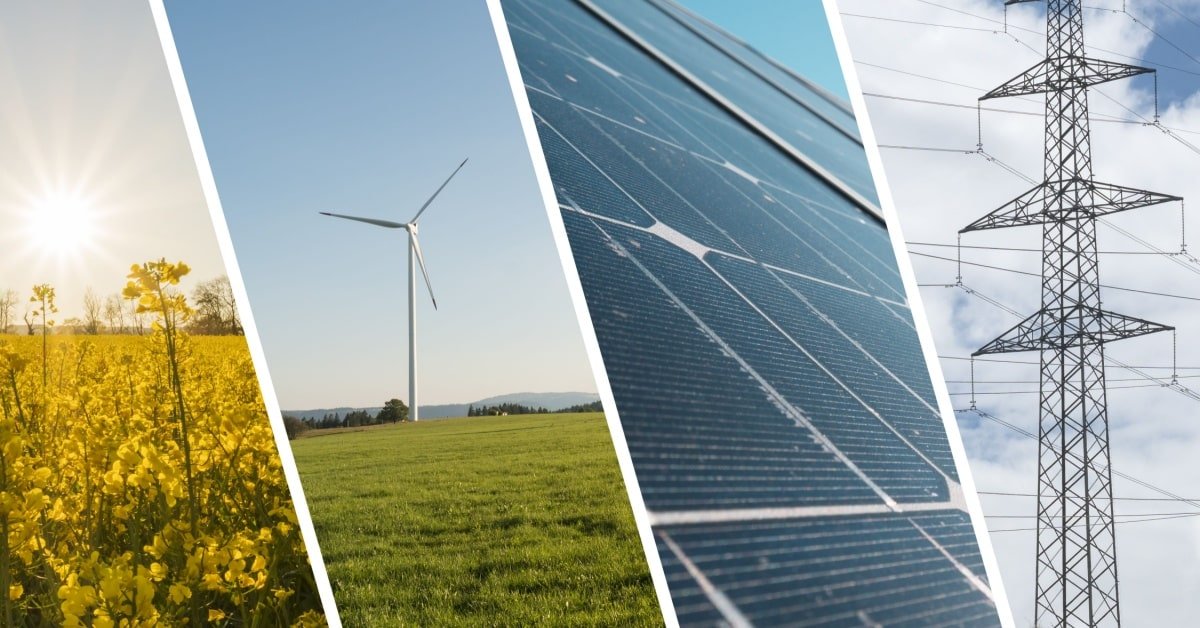
Is your community sustainable? Can it provide your needs and that of your family and neighbors? Does it foster growth, equal opportunities, and continued livability beyond the near future?
We live in urgent times. Climate change is shifting the priorities of entire nations and so the smaller units of society that we belong to need to follow suit. We must find out just how sustainable our communities really are.
What Is Sustainability?
Sustainability means being able to meet people’s needs, not just in the short term, but also for generations to come. To accomplish this, resources should last for a long time. They need to be regularly replenished and should never be depleted.
That is why environmental conservation and reducing carbon emissions are so important. The earth needs to maintain its livability not just for us, but also for our children, their children, and their children’s children.
Do You Live In A Sustainable Community?
How do you know if your own community is living sustainably? There are always tell-tale signs that indicate if your neighborhood or town adopts sustainable practices. Here are the most common elements of a sustainable community:
1. Effective Waste Management
A community that practices sustainability usually manages its waste properly. Garbage is collected regularly and residents are required to segregate their bio-degradable garbage from the non-bio-degradable variety. This usually indicates that recycling methods are used in that particular area.
If your community occasionally organizes recycling or clean-up drives, then better. This is a good sign that there are civic leaders and active members of your community who are conscious of the need to maintain cleanliness in a sustainable way.
2. Renewable Energy Sources
Getting your electricity from sources other than thermal or coal power plants is also a mark of sustainability. Coal is a finite resource and burning it to create energy emits carbon into the air, which is the biggest reason why we’re experiencing climate change.
In contrast, the wind and the sun are more sustainable sources of energy because they never run out. They are also considered “clean energy” because they do not emit carbon.
There have been good signs of sustainability recently, particularly in Cagayan de Oro, where the only solar power plant in Mindanao is located. Operated by Cagayan Electric Power and Light Company (CEPALCO), it generates enough energy to power 200 homes in Barangay Camaman-an, Cagayan de Oro City.
3. Pollution-Free Air
Being able to breathe clean air is a requisite for sustainable living. For a community to be sustainable, pollutants from factories and other industrial facilities should be limited if not totally banned. Old practices such as the burning of dead leaves and grass should also be phased out. Community leaders must encourage proper waste management and recycling as alternative methods.
4. Green Spaces
The current generation has a responsibility to preserve green spaces in and around their community. The presence of trees, parks, gardens, and nearby forestry helps protect the community from extreme heat during summer and flooding during rainy months.
Preserving green spaces allows better biodiversity in your area, which contributes greatly to national targets. It is also conducive to a healthy lifestyle, giving people ample space to jog, take nature walks, and interact with the rest of the community while enjoying fresh air.
5. Energy Efficiency
Are energy-efficient technologies and practices used in buildings, transportation, and infrastructure in your area? In Mindanao, schools are most often the early adopters of solar panels, with Mapua Malayan Colleges being a recent example.
If you have electric vehicles in your local public transportation, then even better. The use of e-trike, e-jeepneys, and e-buses helps reduce pollution while also lessening the carbon footprint of your community. In Davao, electric buses will soon be a common sight, with the upcoming Davao Public Transport Modernization Project providing e-buses with routes spanning Davao City, Panabo City, and Davao Del Norte.
6. Disaster Preparedness
Having plans and infrastructure in place to withstand natural and human-made disasters is another important element of a sustainable community. This is a holistic effort that goes beyond simply implementing flood control projects. Other sustainable efforts such as coastal clean-ups, environmental preservation, and waste management come into play.
A community’s sustainability is put to the ultimate test in times of calamity. If caring for people’s needs is systemically addressed, then emergency response can be immediate and the extent of damage can be mitigated.
Can your community pass this test? You can help make your community more sustainable today by doing your part and encouraging action from your neighbors as well.



















